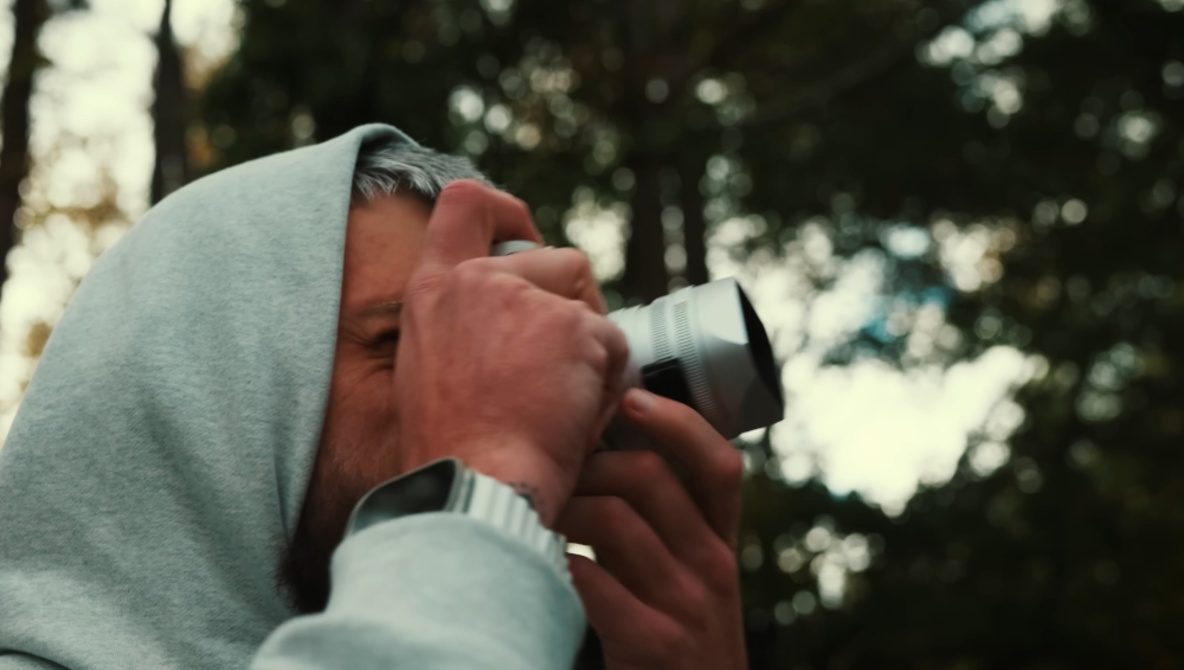Most people scroll past your photos without a second thought, not because they dislike them but because they don’t feel anything when they look. Connection is what separates an image that lingers from one that’s forgotten. When your work lacks familiarity or mood, it risks becoming background noise.
Coming to you from Evan Ranft, this thoughtful video explains why viewers don’t always connect with your photography and what you can do to change that. Ranft starts with familiarity, using a photo of Atlanta’s Jackson Street Bridge as an example. Someone in Ontario might see a nice skyline, but someone in Atlanta sees a memory. They’ve stood on that bridge, felt the humidity, maybe even taken their own version of the shot. That shared context gives the image more weight. Ranft’s point is simple: the more your viewer recognizes a piece of the world you’re showing, the more they care. It’s not about copying popular spots but about making familiar places personal and expressive.
He expands this idea with small, relatable moments: a gas station at night, rain on a windshield, a moody road after a storm. Each is something ordinary seen differently. The reason these scenes draw attention is that they tap into experiences everyone has had. A photo of a gas station can spark nostalgia if you frame it with atmosphere and style. A wet windshield at a stoplight becomes a reflection of emotion when captured with purpose. It’s the difference between showing something and letting someone feel it. Ranft argues that your images become stronger when your audience instinctively knows the setting, even if they’ve never been there themselves.
The next shift in his video is about setting the mood. Ranft’s advice here moves beyond technical skill and into intention. He encourages starting with a feeling, then building everything else around it. A foggy night in Atlanta becomes futuristic because he chose light, color, and weather to match the idea. A soft summer evening turns tender because he waited for the right light. He even planned a Milky Way shot in Smoky Mountain National Park to evoke a sense of adventure. The subjects vary, but the approach stays the same: decide what you want someone to feel, then shoot until the image carries that mood. Viewers may not know why a picture works, but they’ll remember how it felt.
Later, Ranft moves into curation, the way you present your work so that viewers see a story instead of random posts. Social media once relied on full profiles to create that sense of identity, but now most people experience your work through single posts. Ranft suggests treating each Instagram carousel as its own narrative. Pair wide scenes with details. Mix context and close-ups to build rhythm and clarity. Three average shots from a day in New York can form a cohesive set that feels intentional when shown together. Curation turns unrelated moments into something viewers understand, which makes them linger longer and engage more deeply. Check out the video above for the full rundown from Ranft.
